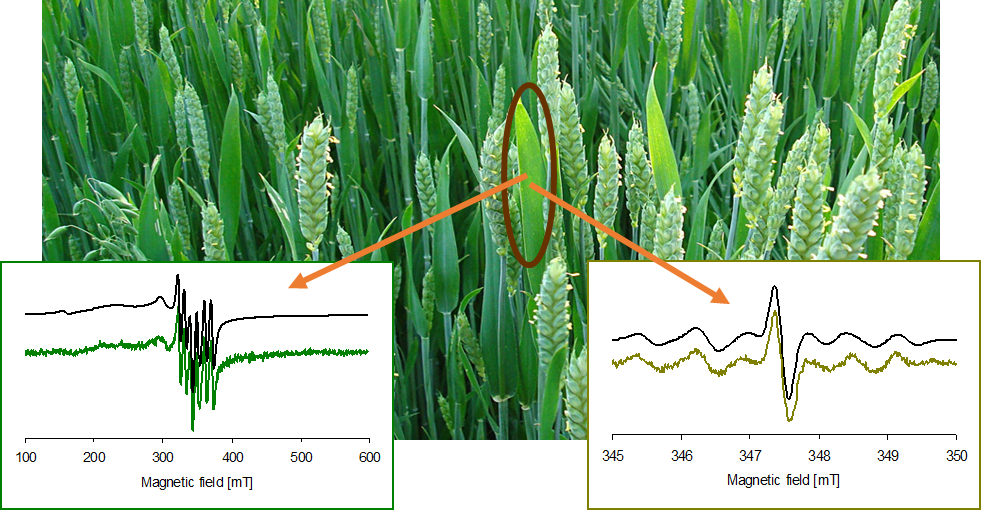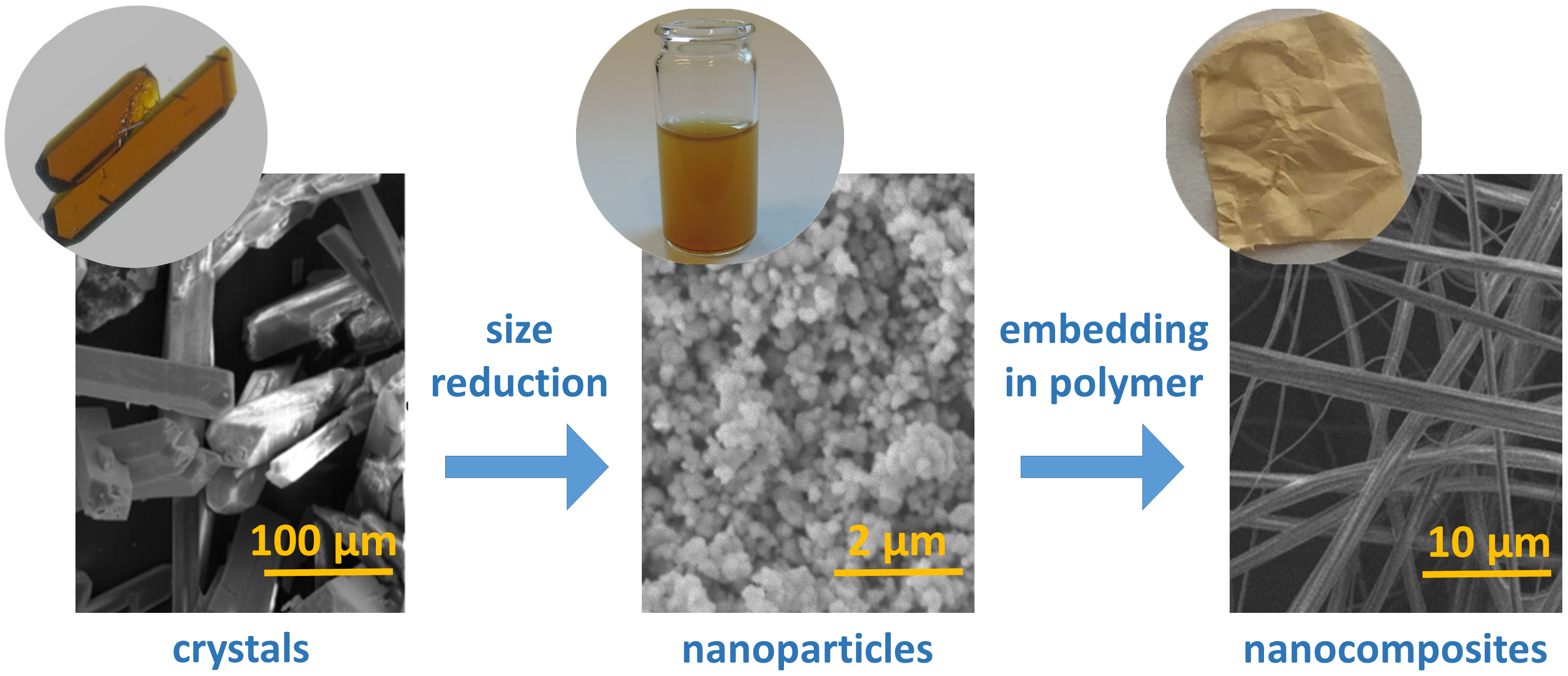Starch is the most important plant-produced renewable source of energy in human diet. It is widely used in various industries, especially in the food production. In our works we focus on natural starches of different biological origin as well as on starches modified by various technological processes. We investigate how the structure of starch and its functional properties change under the influence of physical (UV irradiation, temperature) and chemical (oxidation e.g. by ozone, esterification, enrichment with metal ions) treatments. We use electron paramagnetic resonance spectroscopy (EPR), the non-destructive method, which allows determination of the amount, character and structure of stable carbon-centred radicals, generated in starch materials upon their activation and modification. We can also identify paramagnetic transition metal ions, which play an important role in the processes occurring in plant materials. The EPR studies, together with IR spectroscopy and X-ray powder diffraction, enable us to study the starch structure at the molecular level and propose the mechanism of the modification processes.



